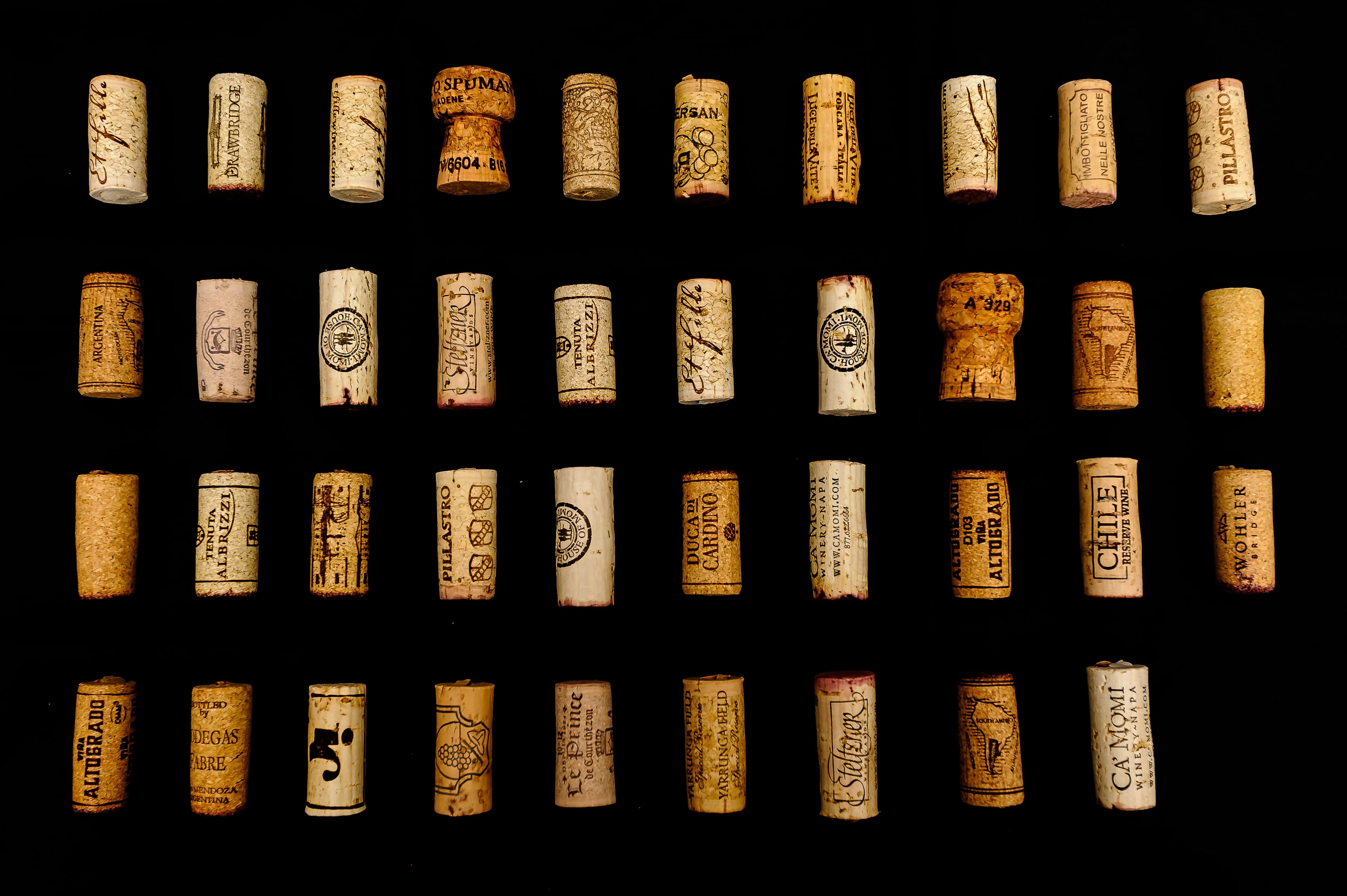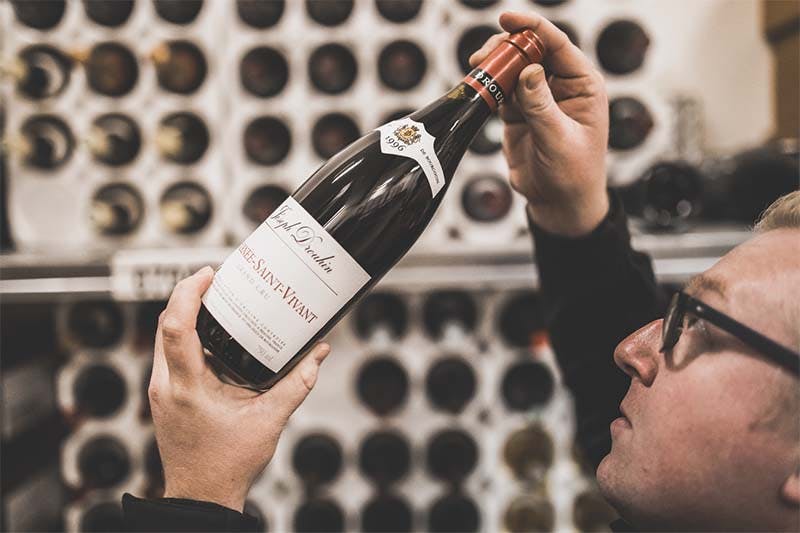
Burgundy, a world-renowned wine region, owes its reputation to its unique grape varieties that finely express the diversity of its terroirs. For centuries, Burgundy winemakers have cultivated these varieties with passion, creating wines of unparalleled complexity and elegance.
Pinot Noir, King of Burgundy Reds
Pinot Noir reigns supreme on the slopes of the Côte d'Or, giving rise to some of the most sought-after red wines in the world. This delicate and capricious grape finds its preferred terroir in Burgundy.
History and Origins of Pinot Noir in Burgundy
Pinot Noir has been cultivated in Burgundy since Roman times. Its name first appeared in an official document in 1375, but its cultivation predates that. Cistercian monks played a crucial role in the selection and improvement of this grape from the 12th century, laying the foundations for modern Burgundy viticulture.
Characteristics and Aromatic Profile of Pinot Noir
Pinot Noir is distinguished by its finesse and aromatic complexity. It produces wines with a light to medium ruby color, offering aromas of red fruits (strawberry, raspberry, cherry) in their youth, evolving towards more complex notes of underbrush, leather, and spices with age. Its tannic structure is generally fine and elegant, with vibrant acidity that provides great freshness.
According to a study by the French Institute of Vine and Wine, Pinot Noir accounts for approximately 36% of the vineyard area in Burgundy, covering nearly 10,500 hectares. In 2020, around 84 million bottles of Burgundy red wine were sold, the vast majority of which were made from Pinot Noir.
The Great Terroirs of Pinot Noir in Burgundy
The most prestigious terroirs for Pinot Noir are found on the Côte de Nuits, the northern part of the Côte d'Or. Appellations such as Gevrey-Chambertin, Vosne-Romanée, and Chambolle-Musigny produce wines of exceptional finesse and complexity.
The Domaine de la Romanée-Conti, located in Vosne-Romanée, produces what is considered the most prestigious red wine in the world, Romanée-Conti, from a small vineyard of only 1.8 hectares. In 2018, a bottle of Romanée-Conti 1945 was sold at auction for a record sum of $558,000, illustrating the exceptional prestige of this terroir.
Chardonnay, Star of Burgundy Whites
Chardonnay is the quintessential white grape of Burgundy, giving rise to white wines of remarkable richness and diversity, from finely crafted Chablis to opulent Montrachets.
The History of Chardonnay in Burgundy
Contrary to popular belief, Chardonnay does not originate from the village of the same name in Mâconnais. Recent genetic studies have shown that it is the result of a natural cross between Pinot Noir and Gouais Blanc, likely during the Middle Ages. Its cultivation developed in Burgundy from the 12th century under the influence of Cistercian monks.
Tasting and Aromatic Profile of Chardonnay
Burgundy Chardonnay is characterized by its great versatility. In cooler regions like Chablis, it produces wines with citrus and green apple aromas, marked by pronounced minerality. In the warmer terroirs of the Côte de Beaune, it develops richer notes of stone fruits, hazelnut, and butter, especially when aged in oak barrels.
Chardonnay covers approximately 50% of the Burgundy vineyard, nearly 15,000 hectares. In 2020, the production of Burgundy white wines reached about 159 million bottles, accounting for over 50% of the total volume of Burgundy wines.
The Prestigious Appellations of Burgundy Chardonnay
The great white wines of the Côte de Beaune, such as Montrachet, Meursault, and Corton-Charlemagne, are considered among the best Chardonnays in the world. Montrachet, in particular, is often described as the "king of white wines."
Chablis, located in the northern part of Burgundy, produces Chardonnays of unique purity and minerality due to its Kimmeridgian soil rich in marine fossils. The Grand Cru Les Clos, one of the seven Grand Crus of Chablis, is especially renowned for its complexity and longevity.
Secondary Grape Varieties: Gamay and Aligoté
Although less famous than Pinot Noir and Chardonnay, Gamay and Aligoté play an important role in the diversity of Burgundy wines.
History and Characteristics of Each Grape Variety
Gamay, originating from the village of Gamay near Saint-Aubin in the Côte d'Or, has a tumultuous history in Burgundy. In 1395, Duke Philippe the Bold ordered the uprooting of Gamay in favor of Pinot Noir. Despite this, the grape survived and thrived in Beaujolais.
Gamay produces fruity and light wines with aromas of red fruits (strawberry, raspberry) and sometimes even banana. It covers about 10,000 hectares in this wine region. In 2020, its production reached around 130 million bottles.
Aligoté, on the other hand, is an ancient white grape mentioned as early as the 17th century in Burgundy. Long considered a secondary grape, it has seen a resurgence of interest in recent years. It produces fresh and vibrant white wines with aromas of green apple and lemon.
Aligoté represents about 6% of the Burgundy vineyard, nearly 1,800 hectares. Approximately 18 million bottles of Aligoté were produced in 2020.
Terroirs of Excellence for Each Variety
Gamay finds its noblest expression in the crus of Beaujolais, such as Moulin-à-Vent and Morgon. These granitic terroirs allow Gamay to produce more structured wines capable of aging for several years.
Aligoté thrives particularly well in certain terroirs of the Côte Chalonnaise and Auxerrois. The Bouzeron appellation is dedicated exclusively to Aligoté, where renowned estates produce exceptional cuvées.
The iconic grape varieties of Burgundy reflect a millennia-old winemaking tradition shaped by passionate generations. Each variety contributes to the richness and diversity of Burgundy wines, offering enthusiasts an exceptional tasting palette.
To discover the full richness of Burgundy's grape varieties, Rekolt.io offers a carefully curated selection of wines primarily from Pinot Noir and Chardonnay, as well as Gamay and Aligoté. Whether you are a casual drinker or a seasoned collector, our platform provides the opportunity to explore this diversity at attractive prices while benefiting from expert advice to guide your choices. Visit Rekolt.io today to dive into the fascinating world of Burgundy's grape varieties!
Share this article











